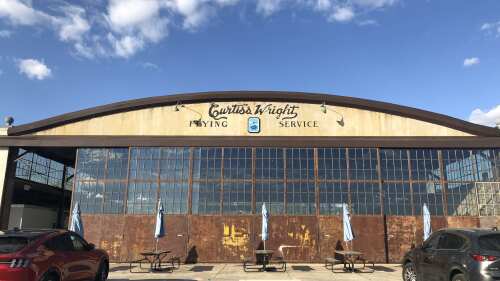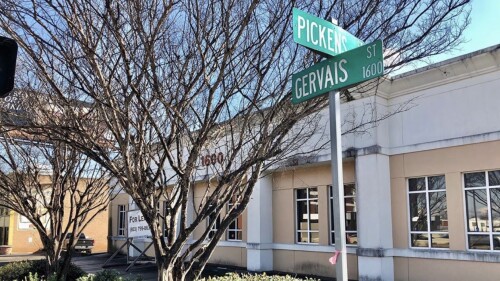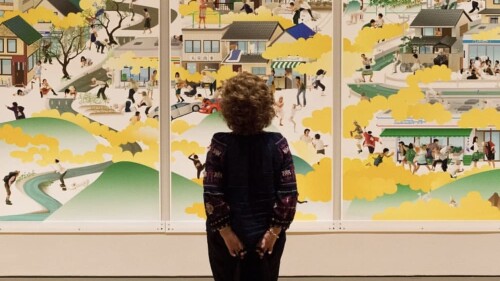While it hasn’t all been bright, the South Carolina State Hospital has quite a history. Up until about a month ago when a three-alarm fire ravaged the Babcock building, its dome, or cupola, was a recognizable + historic piece of Columbia’s skyline.
In 1821, the South Carolina General Assembly approved $30,000 in funding (approx. $665,000 today’s value) to provide treatment and care for those with mental illnesses – making SC the second state in the country to dedicate funding to mental illness treatment. The South Carolina Lunatic Asylum and school for the deaf and dumb was built on Bull Street and completed in 1828. Later, the asylum was renamed to the South Carolina State Hospital.
Architect and South Carolina native Robert Mills designed the original building, also known as the Mills building, which included innovations that were new for its time, such as a fireproof ceiling and a rooftop garden (which was one of the first in the US).
When the hospital first began operation, patients were billed based on their ability to pay. Wealthy families of patients paid an annual fee, while those who were unable were funded by their respective counties. This caused the hospital to become increasingly dependent on state funding as the number of patients grew.
Within the first 30 years, the hospital was running out of space for patients. The state purchased surrounding land and in 1857, construction on the Babcock building (named for the hospital’s superintendent from 1891-1914, Dr. James Woods Babcock) began with George E. Walker and Samuel Sloan as leading architects on the project. Construction was done in four phases and completed in 1885. The building came in at 250,000+ sq. ft. with 1,100 windows.
Over the years, despite the additional space added to the hospital, it still struggled with overcrowding. Funding also became scarce during and following the Civil War; however, new patients were still accepted. In 1871, South Carolina took responsibility for funding patient care, instead of patients’ counties. The quality of care and treatment diminished and remained poor throughout the majority of the hospital’s history.
In 1981, nearly 100 years after its completion, the Babcock building was listed on the National Register of Historic Places. However, patients still lived in the hospital until the 1990s + the SC Department of Mental Health announced it would close the facility in 2003.
Since its vacancy nearly 20 years ago, the Babcock building has withstood two fires. The first, on Dec. 13, 2018, was a two-alarm fire that is suspected to have been arson. Firefighters were able to extinguish the fire + the building was not a total loss. This year, on the morning of Sept. 12, a three-alarm fire broke out, which caused the cupola to collapse as well as other significant damage. Despite the damage, developers believe the renovation is still possible.
The Babcock building is now in the center of the revitalization of the Bull Street District. It is currently owned by the Virginia-based development company Clachan Properties, which has plans to redevelop the building into 200+ luxury apartments.
Quiz











